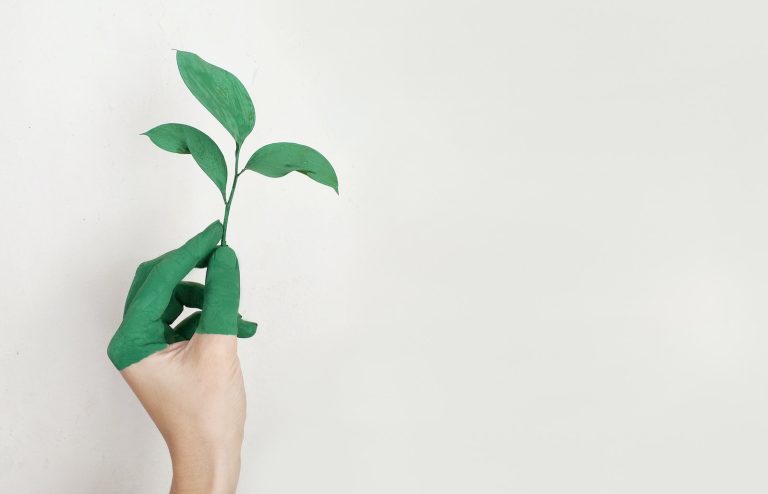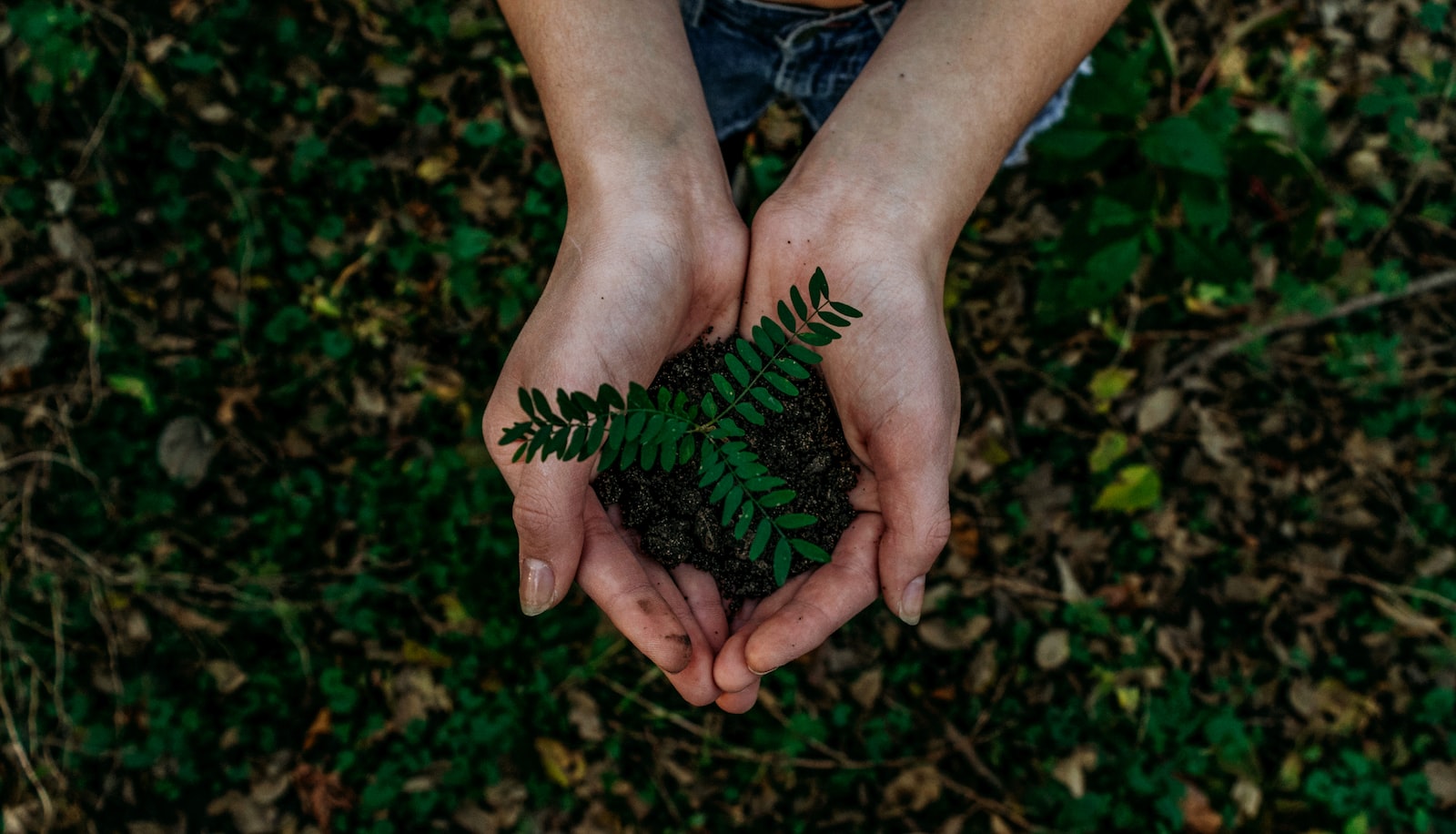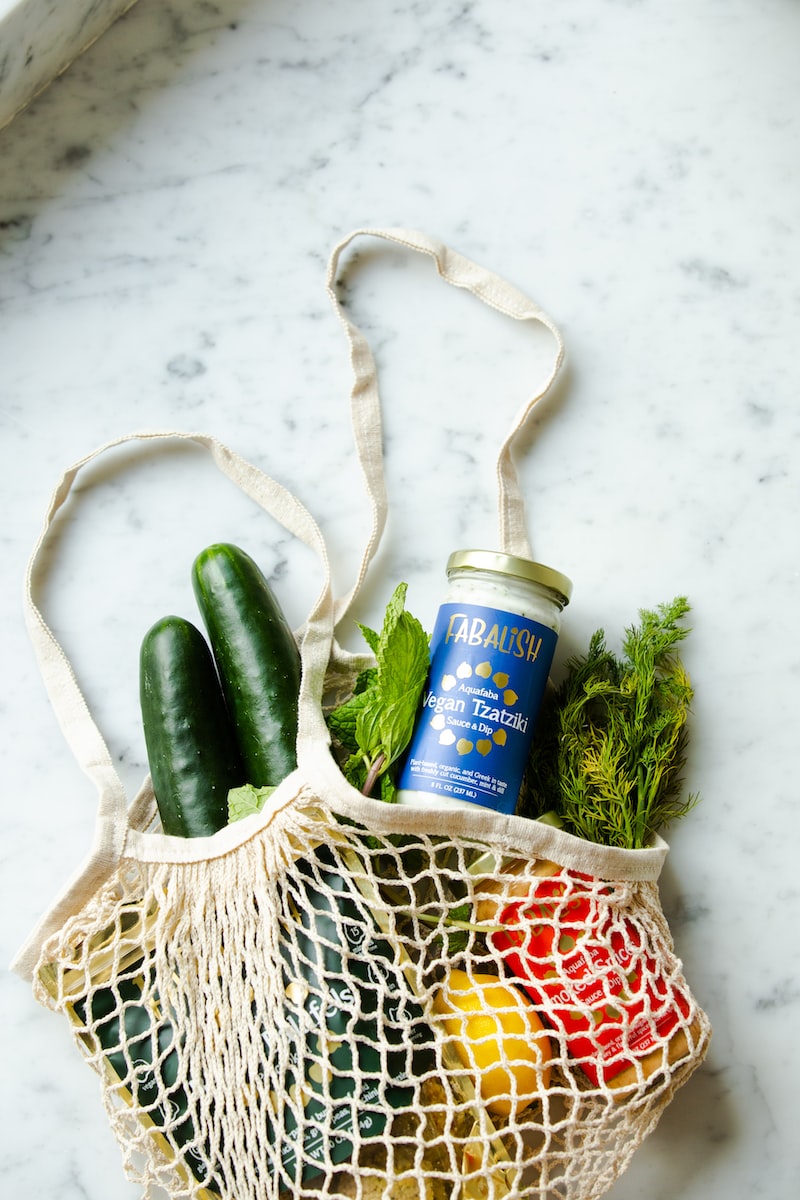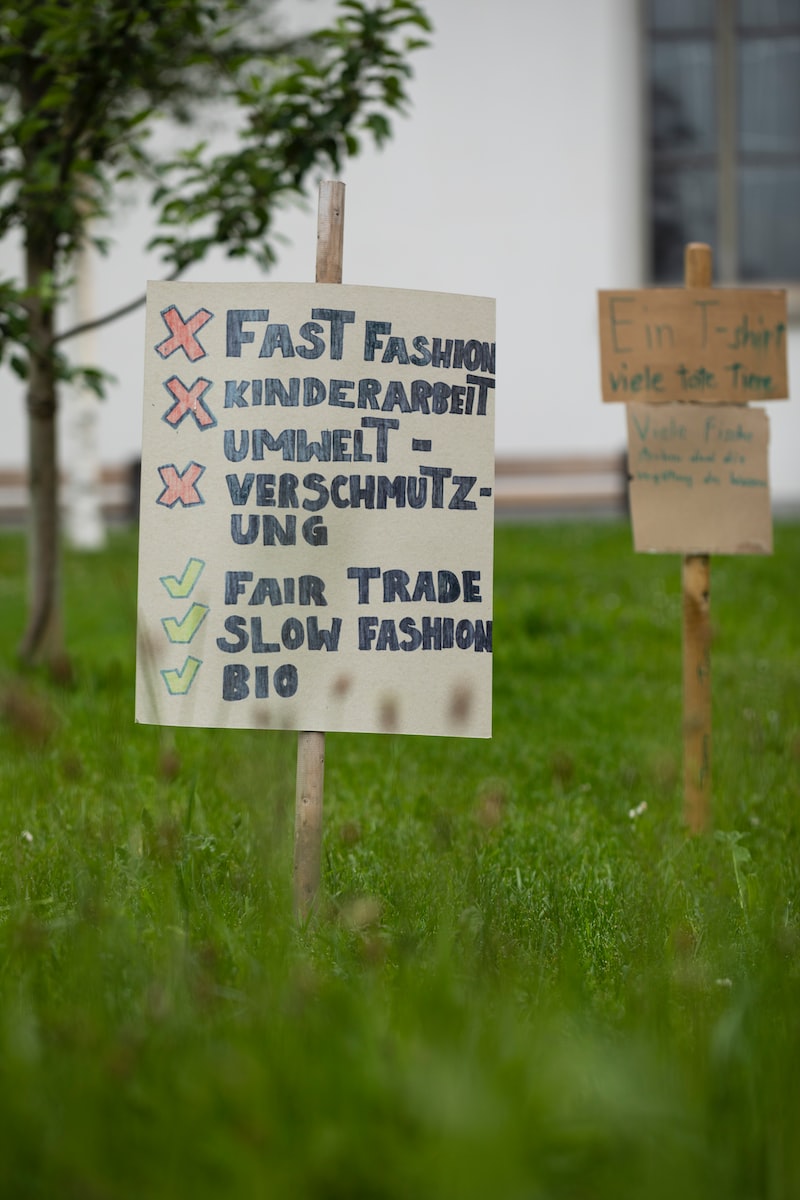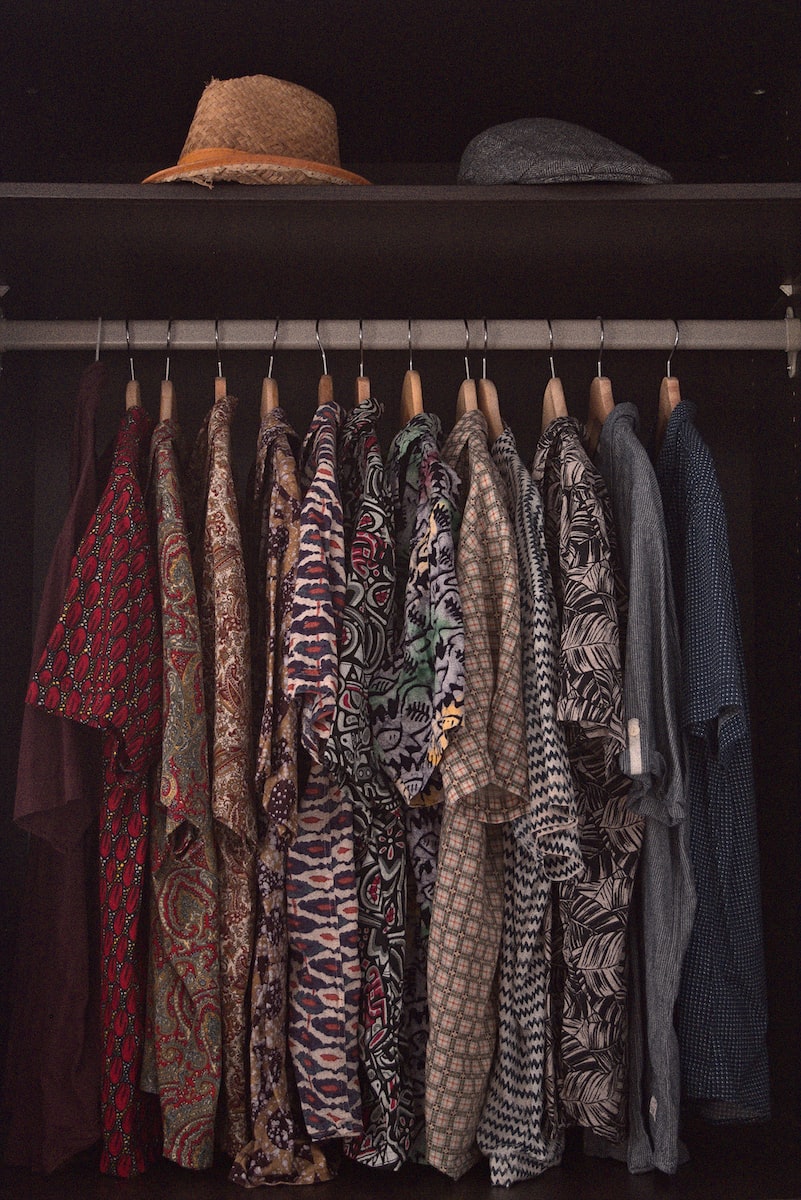What Is Water Pollution?
Water pollution is a state in which harmful substances like chemicals or microorganisms contaminate a body of water: a stream, river, lake, or ocean. This pollution degrades water quality and renders it toxic to humans, plants, and the environment. In some cases, water pollution may occur when energy, in the form of radioactivity or heat, is released into bodies of water. So, It’s very important to know how to prevent water pollution.
Water pollutants such as bacteria and parasites may cause diseases or act as a poison in poorly treated sewage systems. They could enter drinking water supplies and cause digestive problems such as cholera and diarrhea. The same may happen when hazardous chemicals, pesticides, and herbicides from industries, farms, or homes enter the water system. Let’s review how to prevent water pollution.
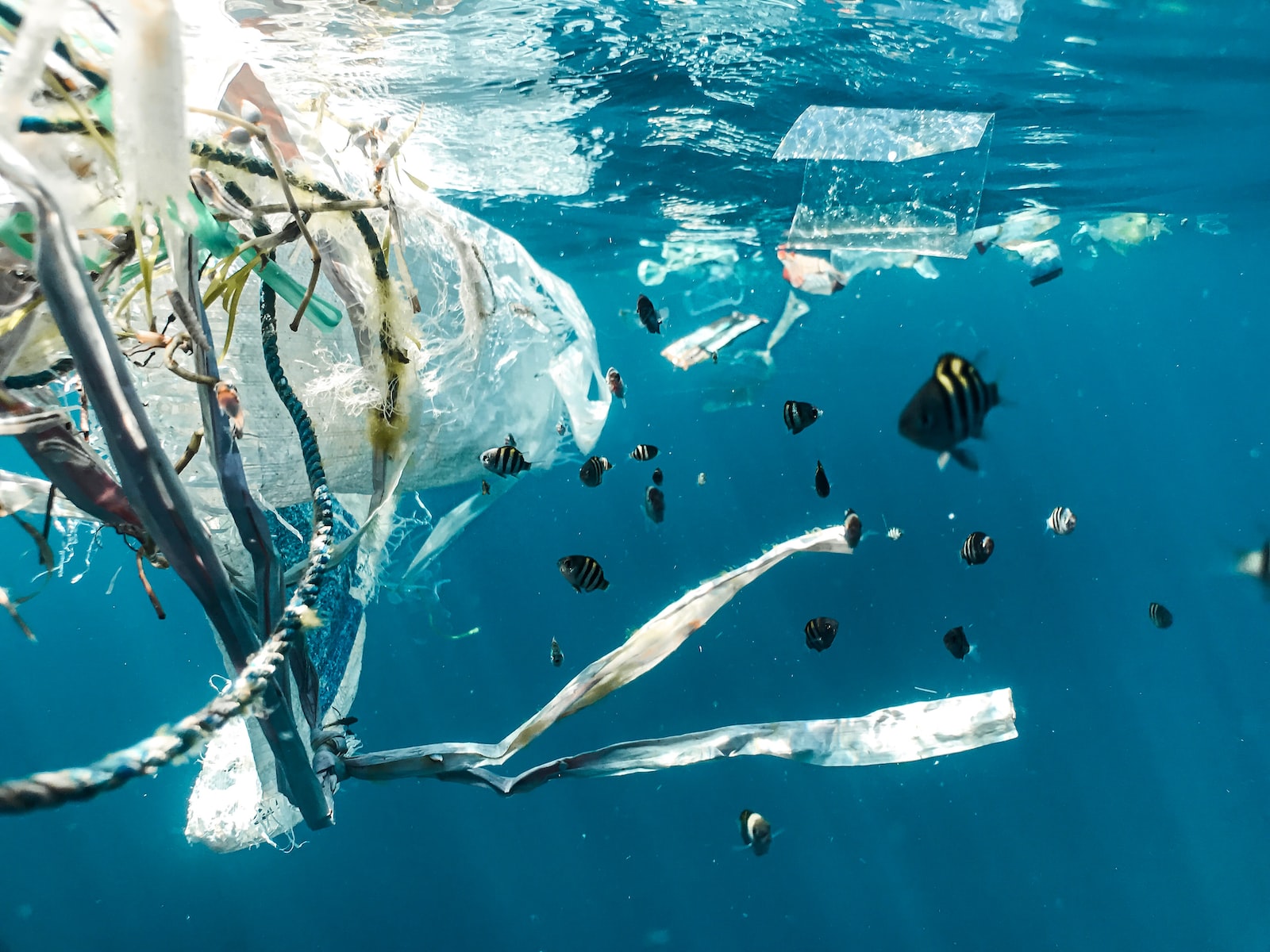
What Are the Different Types of Water Pollution?
-
Surface Water Pollution
Surface water is referred to as natural water flowing on the surface of the earth, such as rivers, lagoons, lakes, and oceans. Sources of surface water pollution are generally divided into two classes according to their origin:
1. Point Source Pollution
Point source pollution is when contaminants enter a waterway from an identifiable source such as a pipe or ditch. Discharges from a factory, a sewage treatment plant, or a city storm drain are examples of point-source water pollution.
2. Non-Point Source Pollution
Non-point source pollution is pollution coming from dispersed sources including agricultural, stormwater runoff, or remains transported from land into waterways.
-
Nutrient Pollution
Although nutrients are vital for underwater flora and fauna to flourish, an excess amount of them can upset the balance of water-based ecosystems. Fertilizers contain a high concentration of nutrients so if they penetrate lakes, rivers, and coastal areas, they can cause algal blooming which can block out the sunlight and prevent the growth of other organisms. Therefore, excess nutrients can have harmful effects on the species that live there, they can block their access to food due to light limitation, and cause undesired algal growth.
Algal blooms consume a lot of oxygen so species that depend on it (aerobic organisms), typically die in the presence of algal blooms. On the other hand, anaerobic organisms are able to survive in this environment and even thrive. Unfortunately, some anaerobic organisms produce ammonia, sulfide, and other harmful toxins, which make the water even more dangerous for animals and humans.
-
Groundwater Pollution
Agriculture is a big source of water pollution. Fertilizers and pesticides that are applied to crops seep into the ground and pollute underwater rivers and waterbeds. Therefore, the quality of underground water, which is typically extracted for human use, is compromised. Other causes of groundwater contamination are the following:
- Natural events (e.g. weathering of rocks)
- On-site sanitation systems
- Sewage systems
- Commercial and industrial leaks
- Hydraulic fracturing
- Landfill leachate
-
Microbiological Pollution
Microbiological pollution is a naturally occurring form of water contamination. Microorganisms such as bacteria and viruses can infiltrate water supplies and cause diseases. People are most susceptible to this kind of pollution in places where water treatment systems are not yet in place.
-
Chemical Pollution
Chemical pollution is the most common type of water pollution. Chemicals can penetrate both underground and surface water. As chemicals are an integral component of the agricultural industry, much of water chemical pollution comes from the pesticides and fungicides used in farming. Metals and solvents from industrial sites are also contributors.

How to Prevent Water Pollution?
We are facing a real water crisis. However, we can solve this by consuming more sustainably, using clean sources of energy, optimizing production processes, and using water appropriately. Here at faircado, we have a list of practical solutions to help prevent or reduce water pollution:
-
Use Less Water
In reality, there is a limited amount of clean and fresh water available on earth. Use water-saving devices on sinks, toilets, and showers. Or take short showers instead of baths and do not keep the water running while you brush your teeth. These small steps can add up.
It is very difficult to break down plastic after it has been produced. Much of the plastic we use ends up in the world’s water supply, where it is even harder to fish out and safely throw away. Therefore, try to buy fewer products packaged in plastic.
-
Reuse Items
Whenever you buy something that is not recyclable, such as plastic, reuse it as many times as possible. Doing so reduces your consumption and means that fewer of these products will end up in the world’s water supplies. If there is more than one option for a particular item, try to pick one that is easily recyclable. For example, choose glass bottles over plastic ones as they are much better for the environment.
Do not dispose of grease, fat, or used cooking oil in the sink or down the drain. It is better to collect the excess oil in one bottle and then throw that away in the garbage.
-
Avoid Toilets for Throwing Household Items
Do not throw household items such as dust cloths, dental floss, wrappers, tissues, or other paper goods into the toilet when you are done with them. Toilet paper may have been made in a way that it breaks down easily in water pipes, but flushing it down the toilet can pollute the water system.
-
Dishwashing or Laundry
Only use your dishwasher or washing machine when it is close to being full. Using them to clean one or two dishes or a few pairs of clothes is an incredible waste of water. Remember, the less amount of water you use, the less likely you are to contribute to water pollution.
-
Use Environmentally Friendly Detergents
Whenever possible, get environmentally friendly soaps, detergents, and dishwashing liquids. Although they are typically more expensive than standard, chemical-based options, you are doing the environment a great service as they are made of less harmful substances.
-
Just Do Not Litter
If you are visiting an area where there is a nearby lake, river, or ocean, do not throw any type of litter or trash into or near the water. Keep the litter out of the water and throw your trash in appropriate bins instead.
Water is essential in our lives. We drink it, cook and clean with it, and swim in it. So we have to remember to use and treat it with respect and prevent water pollution.
For further reading, “How to Improve Your Home’s Sustainability?” gives you some ideas on how you can make your home more sustainable and save you lots of money on your next energy bill.

